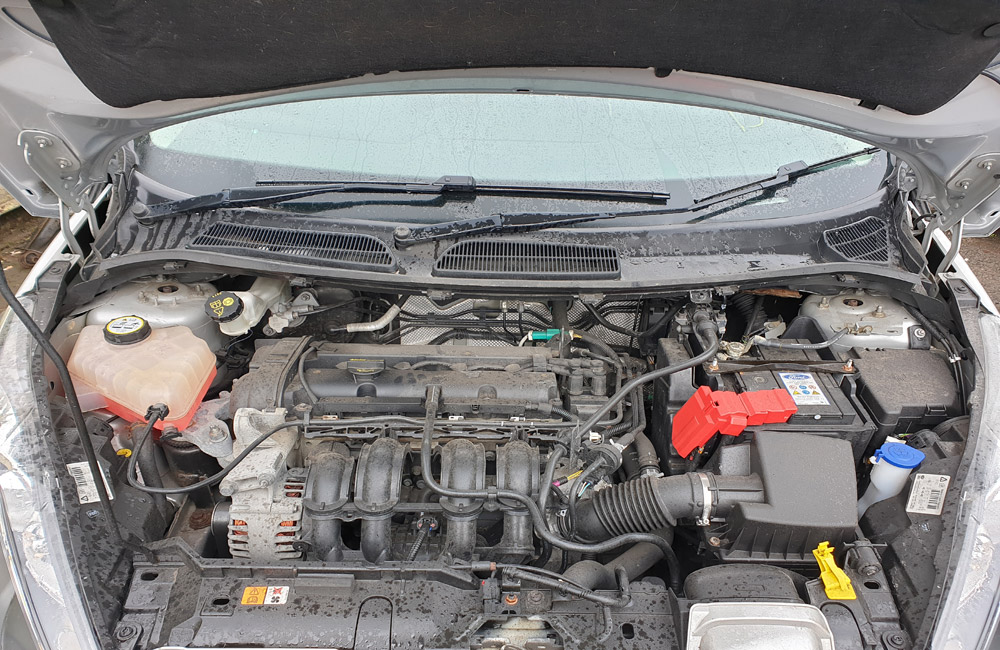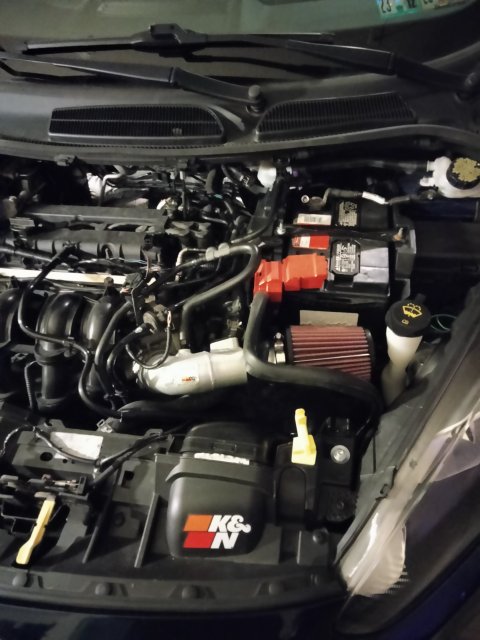How to Maintain Your Ford Fiesta Engine for Long-Term Performance
The Future of Engines: Technologies Driving Sustainable Power Solutions
As the auto market browses the critical shift in the direction of sustainability, the future of engines is increasingly defined by groundbreaking developments. Electric engine developments, along with appealing advancements in hydrogen gas cells and biofuels, are reshaping the landscape of power solutions.
Electric Engine Developments
The evolution of electric engine growths signifies a pivotal shift in the automotive and aerospace industries, driven by the urgent need for lasting choices to nonrenewable fuel sources. This change is defined by substantial advancements in battery technology, power electronic devices, and electrical motor layout, which jointly boost the performance and efficiency of electric engines.
Recent innovations have resulted in the creation of lighter, more energy-dense batteries, such as lithium-silicon and solid-state batteries, which guarantee longer ranges and shorter billing times. Furthermore, improvements in electrical motor effectiveness, such as the use of long-term magnets and advanced cooling down systems, allow electric engines to run properly under varying conditions. These improvements not only improve lorry efficiency but additionally add to a reduction in total energy consumption.
Moreover, the integration of sophisticated software application algorithms has optimized energy administration in electrical automobiles, enabling regenerative braking and anticipating billing approaches. As suppliers progressively welcome electrical propulsion, the aerospace and auto markets are experiencing a standard shift in the direction of greener technologies. This development not just meets regulative needs but likewise straightens with consumer choices for eco-friendly transport solutions, strengthening electrical engines as a foundation of future lasting mobility.
Advancements in Biofuels
As the aerospace and auto markets progressively focus on lasting energy sources, advancements in biofuels arise as a complementary option to electrical engines. Biofuels, stemmed from organic products such as plants, waste, and algae, offer an ingenious opportunity for reducing greenhouse gas emissions and reliance on nonrenewable fuel sources.
Current study has concentrated on improving the effectiveness and sustainability of biofuel manufacturing. Second-generation biofuels utilize non-food feedstocks, minimizing competitors with food supply and decreasing environmental effect. Moreover, improvements in synthetic biology have actually enabled the engineering of microbes to produce biofuels better, causing higher yields and reduced manufacturing costs.
Furthermore, the advancement of drop-in biofuels permits for seamless combination into existing facilities, making it possible for a smoother transition for industries typically based on fossil fuels. ford fiesta engine. These fuels can be made use of in existing engines without alterations, promoting their adoption throughout numerous sectors
Investments in biofuel technology, in addition to encouraging policies, are necessary to drive innovation and scalability. As the global area seeks to combat climate adjustment, biofuels offer a practical, instant remedy that aligns with the overarching objective of sustainability in transportation and air travel.
Hydrogen Gas Cell Innovation
A growing variety of companies and scientists are exploring hydrogen gas cell innovation as a viable choice to conventional source of power in transportation and power systems. This innovation converts chemical power from hydrogen right into power with an electrochemical reaction, with water as the only by-product, making it an environmentally my company pleasant choice.
The core More Info of hydrogen fuel cells is the gas cell stack, where hydrogen particles are divided into electrons and protons. The flow of electrons produces electricity, while protons relocate via a membrane to incorporate with oxygen from the air, forming water. This process causes high efficiency and low exhausts, positioning hydrogen fuel cells as a vital gamer in the shift to sustainable energy.
Substantial improvements have been made in boosting the durability and efficiency of fuel cells, together with decreasing expenses through innovative production methods. The advancement of hydrogen manufacturing methods, such as electrolysis powered by sustainable energy resources, boosts the sustainability of the total system. As framework for hydrogen refueling expands and production methods end up being a lot more reliable, hydrogen gas cell technology holds wonderful promise for decarbonizing various industries, including durable transportation and fixed power generation.
Crossbreed Equipments and Their Influence
Crossbreed systems represent a substantial development in lasting engine modern technology, combining standard internal burning engines with electrical propulsion to enhance energy performance and minimize discharges (ford fiesta engine). This dual approach permits lorries to use both power sources, making it possible for better versatility in energy consumption and reducing dependence on fossil gas

In enhancement to environmental advantages, crossbreed systems use customers a practical change towards fully electrical cars. They alleviate range anxiety by incorporating the comfort of fuel with the advantages of electric propulsion, making them an attractive choice for a wider audience.
The Role of AI in Engine Design
Leveraging innovative algorithms and device knowing methods, the auto market is significantly incorporating synthetic knowledge (AI) right into engine design procedures. AI enhances the performance and efficiency of layout by examining vast datasets to determine ideal setups and performance criteria. This capability permits engineers to mimic numerous operating problems and predict engine behavior under numerous scenarios, considerably decreasing the time and expense related to conventional prototyping approaches.
Moreover, AI assists in the development of sophisticated products and combustion procedures tailored for sustainability. By optimizing fuel effectiveness and lessening exhausts, AI-driven designs line up with global efforts intended at lowering the carbon footprint of automotive engines. Maker knowing formulas can likewise predict upkeep needs, leading to enhanced integrity and longevity of engine components.
In Addition, AI contributes in the assimilation of electrification modern technologies, such as hybrid systems, where it can maximize battery monitoring and power recuperation processes. As the market relocates towards even more lasting power remedies, the duty of AI in engine design ends up being significantly crucial, driving advancement and enhancing the efficiency of future engines. Eventually, the partnership in between AI and engine style advertises a new age of smarter, cleaner, and more efficient automobile technologies.

Conclusion
To conclude, the future of engines is being formed by a merging of ingenious technologies that focus on sustainability. Electric engine improvements, biofuel developments, hydrogen gas cells, and hybrid systems collectively add to a significant reduction in exhausts and ecological impact. In addition, the combination of expert system in engine style boosts effectiveness and performance. These transformative remedies emphasize a commitment to producing a cleaner, a lot more lasting auto landscape, eventually benefiting both culture and the atmosphere.
Electric engine developments, along with encouraging growths in hydrogen fuel cells and biofuels, are reshaping the landscape of power remedies. Furthermore, improvements in electric motor efficiency, such as the usage of permanent magnets and advanced cooling systems, make it possible for electrical engines to operate efficiently under differing conditions. By maximizing gas effectiveness and decreasing emissions, AI-driven layouts straighten with global initiatives intended at reducing the carbon footprint of auto engines. As the industry moves in the direction of even more sustainable power solutions, the function of AI in engine layout ends up being increasingly vital, driving development and improving the performance of future engines. Electric engine developments, biofuel growths, hydrogen gas cells, and crossbreed systems collectively contribute to a significant reduction in emissions and ecological influence.